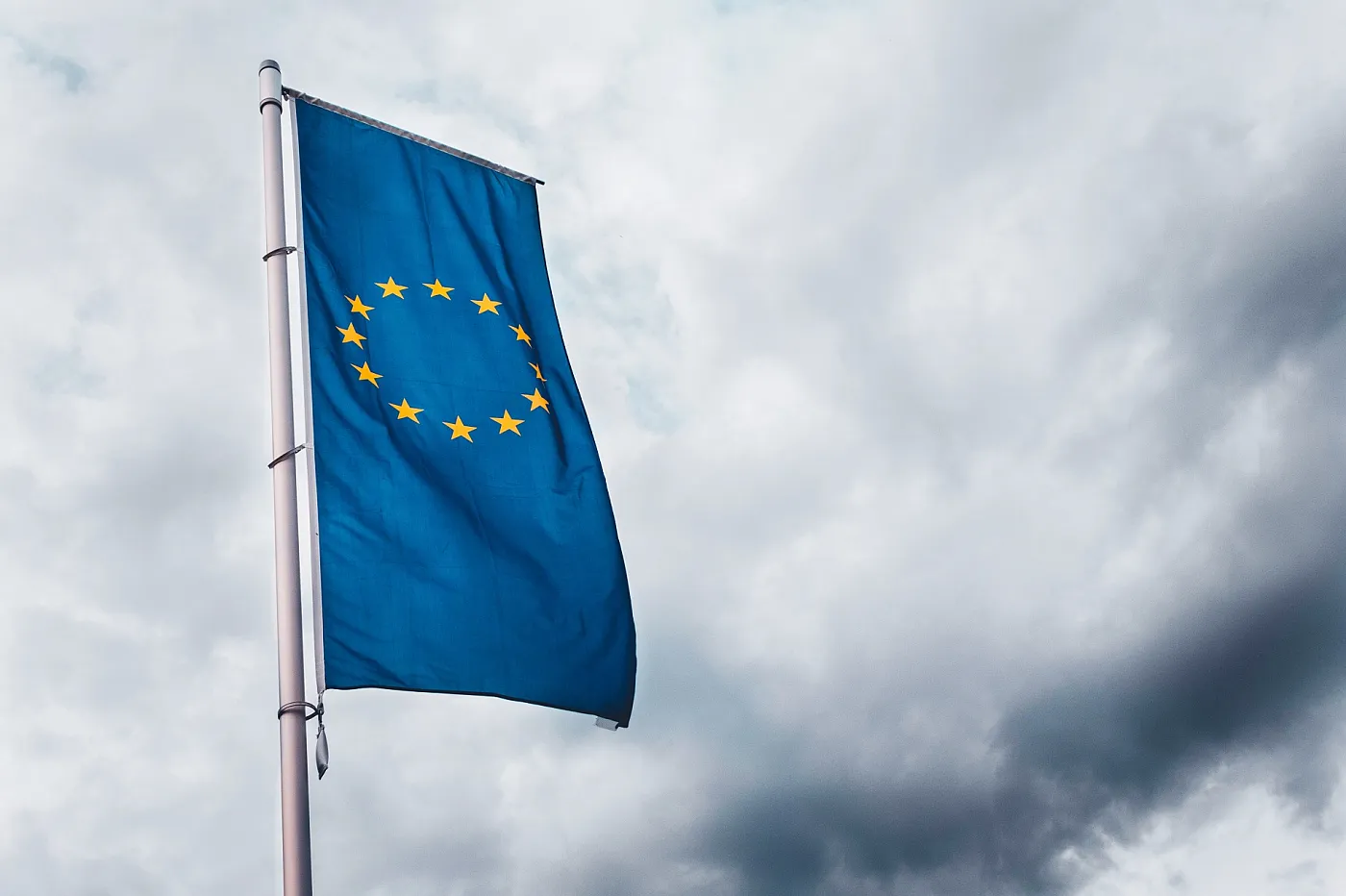Introduction
The European Commission made public in October 2014 the conclusions of a study titled “The economic impact of modern retail on choice and innovation in the EU food sector”.1, This study presented a comprehensive and exhaustive analysis of the EU retail food sector during the last decade. The study aimed at providing the Commission with solid quantitative data that is representative of the reality of the sector in order to allow it to adequately frame and assess an ongoing set of complaints and concerns relating to potential distortions in the food supply chain (in particular, alleged abusive behaviour in negotiations), which were not, however, backed by appropriate data regarding impact on the market.
Goals of the study and main conclusions
The study intended, in short, to analyse and measure the evolution of two realities: on one hand, choice, a concept covering both food choice – the number of references or “EANs” available in shops, the variety of packaging sizes, the variety of prices and alternative suppliers – as well as shop choice, measured by the alternative number of shops available to a consumer within a normal distance; on the other hand, innovation, a concept strictly covering product innovation and measured both in terms of new EANs introduced, range extensions, packaging innovations, new formulations and re-launch. The study further sought to qualify and assess the main drivers of choice and innovation, in particular, whether retailer and supplier concentration and the ratio between the two were important drivers of choice and innovation and what other drivers could be identified and measured.
In order to obtain a comprehensive and representative data sample, data were collected over an extended period of time (2004¬2012) and covering different geographic areas – EU, Member-states and local level. The study comprised 105 pre-defined local markets (or “consumer shopping areas”) across 9 Member-states (including Portugal), 23 product categories and 343 shops within the 3 typical modern retail food shop types: hypermarkets, supermarkets and discounts stores.
The study showed that, in the period between 2004 and 2012, choice (in all relevant dimensions except for price variety per product category) increased across all Member-States and local markets analysed, even though the annual growth rate was higher in the pre-crisis period (2004-2008) than afterwards (2008-2012).
Apart from aspects with an obvious impact on choice such as the characteristics of the shop (shop type and size), the main drivers of choice were found to be the level of prosperity in the region where the shops were located (GDP/capita), the national turnover in the product category and local competition dynamics via a new shop opening in the local area (which was found to influence positively the choice available in pre-existing shops).
On the contrary there was no evidence that the concentration of modern retail has influenced the level of choice available to consumers, even though some case studies suggested that the (concentrated) structure of modern retail can have a positive impact on choice. There was also no evidence that the concentration of suppliers has been an economic driver of choice. Consistent with the above, there was no clear evidence that the measure of imbalance between modern retailers and suppliers had an impact on choice.
As for private labels, no evidence was found that a larger share of private labels (at the national or local level) curbed choice. On the contrary, up to a moderate penetration rate, private labels are associated with more choice (except for choice in terms of product price dimension) and only beyond a certain level (which varies depending on the product category) may a higher share of private label penetration be associated with less product variety.
As for innovation, the number of new EANs available in shops increased from 2004 to 2008 (+3,8%) but decreased thereafter (-1,2% in 2008-2010 and -5,3% in 2010¬2012). The same trend was observed from 2008 on with the percentage of innovations in the total number of products available in shops. The scenario varied depending on the characteristics of the local markets and between Member States. In Portugal, for example, the number of innovations grew until 2008 and slightly decreased thereafter, even though the decrease was less than in other countries in the sample. In Spain, the trend for growth in innovation was consistent for all the relevant periods analysed (pre and post-crisis). Between 2004 and 2012 a modification in innovation trends could be observed, with new products or range extensions decreasing as the percentage of the total amount of innovations to the benefit of innovations of another kind.
The main drivers of innovation – other than shop characteristics - were found to be the level of employment in the region, retailers business expectations and the product category turnover at the national level. Other relevant drivers included competition in the form of new shop openings.
It is important to note that the econometric analysis was not fully conclusive regarding the existence of a negative correlation between greater retailer concentration and less innovation both at the local level (where the negative effects detected were sporadic or not significant) as well as at the national level.
As for concentration amongst suppliers, a negative impact was found between greater supplier concentration and less innovation, which is consistent with the idea that the pressure to innovate is stronger when competition is stronger.
In terms consistent with what is stated above, it can be observed that the imbalance of concentration levels in favour of retailers is generally associated with more innovation, contrarily to what occurs in the opposite scenario (whenever suppliers are more concentrated than retailers).
Lastly, it could not be demonstrated that a larger share of private labels at the local or national level curbed innovation as the negative impacts verified were too small. However, beyond a certain level (which varies depending on the product category) a higher share of private labels seems to be associated with fewer innovative products being offered.
Comment
The study puts a complex reality into perspective and demonstrates that choice and innovation in modern food retailing are influenced by a multitude of different factors (macro-economic and others) clearly contradicting the initial perception that the increase in retailers concentration or the potential imbalances of retailers towards suppliers causes a reduction in choice and in innovation.
At the same time, the importance of drivers such as new entries at the local level, the characteristics of shops (type and size) and suppliers’ concentration may serve as an indication of the areas likely to catch the Commission’s or another enforcer’s attention in the context of competition law enforcement (for example, merger control involving suppliers in concentrated procurement markets or merger control leading to concentrated local markets at the retail level) or in other legal contexts (as may be the case with legislation aiming at removing legal barriers to shop openings).

_______________________
1 Undergoing public consultation until 30.01.2015.


